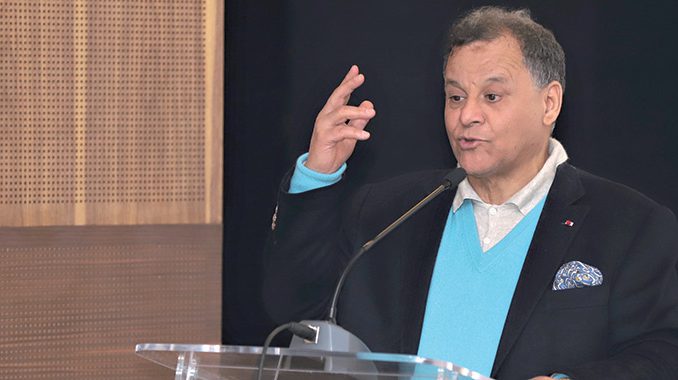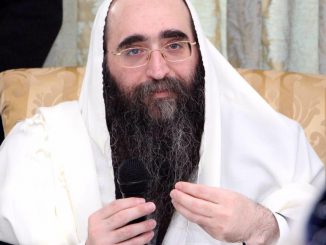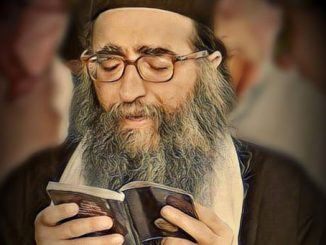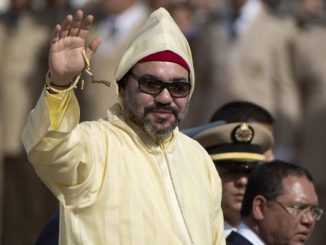
The Rabat Biennale ended with a total of 140,000 visitors, the president of the National Foundation of Museums of Morocco (FNM) of Morocco, Mehdi Qotbi, expressed his satisfaction on Wednesday in Rabat.. “What speaks to me, what touches me, is 140,000 visitors in the space in three months. That’s impressive,” Qotbi said in a statement to MAP at the close of the first edition of the Rabat Biennale.
This figure means that this Biennale received the equivalent of a thousand visitors every working day and that “people found their way to the Museum, light and culture,” he added, noting that 65% of the visitors are young people. “This first Biennial has been hailed for its quality all over the world, especially in Latin America, Europe and Asia,” he said.
For his part, Abdelkader Damani, Curator of the Rabat Biennale, said that “the Biennale was a space where there were no borders, no prejudices,” expressing his delight that “it is the only place for free artistic expression where artists had the chance and the opportunity to say everything about their works, and that is the great success”.
For his part, Abdelaziz El Idrissi, Director of the Mohammed VI Museum of Modern and Contemporary Art, said that “the Museum has succeeded in placing the city of Rabat on the cultural map,” affirming that the Biennale is a “special act of quality that is part of the history of art.”
“We won a beautiful program marked by seven quality round tables and about twenty films, a presence on the stage of Rabat with the eleven venues that hosted all the activities and a quality team working within the National Foundation of Museums,” he noted.
In addition, the curator of “carte blanche literature and poetry”, Sanae Ghouati, said that “the ambition of this Biennale has been to open an intercultural and inter-artistic dialogue to allow for real interaction and exchange between all forms of creation, such as the plastic arts, video, film, music, literature and architecture.”
Regarding her contribution to the Biennale, Sanaa Ghouati told MAP that she “had chosen 22 authors, famous in Morocco, in different languages: Arabic, Amazigh, French and English,” adding that she had also “given the opportunity to young artists to have a place in the field of creation in Morocco.”
“What is very interesting in this Biennale is that we also invited a dozen women from the Parliament of French-speaking women writers, from all over the world, such as Canada, the United States and France,” she said. Organized by the Foundation of Museums of Morocco under the High Patronage of HM King Mohammed VI, this exhibition, which is intended to be a “space of freedom and interaction between the observer and the work”, was dedicated entirely to women artists.
Opened on September 24th, this first edition included an international section bringing together 63 artists and artists’ collectives from 27 countries, three carte blanche devoted to contemporary art, cinema and literature, and a focus on urban art.




Be the first to comment